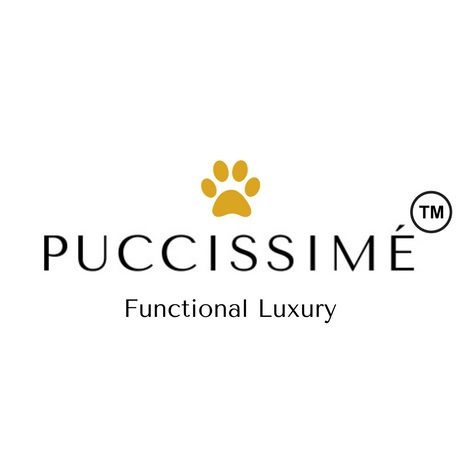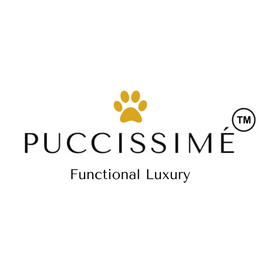Matted fur? No, thank you.
Many of us have dreams of having a dog with beautiful fluffy fur. In our heads we have pictures of our furry friends running around with their fluff drifting through the wind. We see how soft and always ready for a cozy cuddle they are.
We have all those beautiful moments in our minds getting us ready to have the one fluffy dog we have always dreamed of.
But are we really ready?
Do you know what it takes to have a fluffier dog?
As you may be aware, having a dog is not only fun and games, but it requires a lot of work and loads of new responsibilities. One of them, heavily discussed, but often seems to be taken into account as last, is the dog's fur. As much as we love our fluffy friends, keeping their fur in a perfect condition is tiresome, but in the end, one of the most rewarding things you can do for your lovely puppy.
Why does matting even happen in the first place, how does the fur get matted, consequences of matted fur and how to prevent it?
Check out the following paragraphs to find out the answers you need.
What is matting?
Matting is a condition of your dog's fur that often occurs when the coat of your dog is not frequently brushed and properly taken care of by a groomer. Such fur often gets tangled and knotted around itself to the point where it seriously affects the health of your pup.
Why is it crucial to prevent matting?
When the lumps and knots are already present, they tend to catch additional fur. That causes lumps to grow bigger and therefore getting closer to the skin of the pup. Such fur bundles can later start skin irritations or in more serious cases, infection.
Although not every dog requires a groomer's visit ever so often, the care of your loved one's coat is important regardless of the length of the fur.
Unfortunately, the simple fact is, the longer, the fluffier, the curlier fur your puppy has, the more attention their coats would require. Some dog breeds are more prone to suffer from matting.
In general, the breeds with long silky fur coats or with the curly coats are the ones who tend to be affected by matting the most. Breeds such as poodles, toy poodles, doodles, samoyeds, huskies, shelties or collies all represent the breeds that are most likely to mat badly if not taken care of properly.
What are the most common causes of matting in dogs?
There are several inhibitors of matting of the dog's fur.
One of them is as simple as changing of the seasons. As the season changes, so does the coat of your dog. You may have noticed that around certain time of the year, before summer or alternatively, before winter, your dog sheds a bit more than usual. When the old fur and dead skin cells are not brushed out of the coat adequately, they tend to mix with the new fur, allowing matting to happen.
Another common reason for matting is bathing or playing in the water. Remember to always brush your dog after the contact with the water. Preferably, brush the coat out before as well as after the play in the water or bath.
It's no secret that matting mostly happens in the areas prone to friction such as your dog's neck or chest, areas where you probably use the collar or the harness. It's very important to find ways to minimise the friction or eliminate it as much as possible.
Choosing the right harness is crucial when it comes to dogs with long hair or coats prone to matting. General rule would be - less harness' material, less friction, less matting.
Common chest harnesses typically go all the way around the chest of your dog with any movement causing friction with matting afterwards.
There are a couple of harnesses out there specifically designed to prevent/minimize the friction. Puccissimé one-click harness designed with the health of a dog in mind is considered to be such a harness.
Easy to put on design, with one chest strap and one strap around the girth, making it very easy to manipulate with.
See how easy it is to put on a Puccissimé one-click harness here.
Puccissimé one-click harnesses not only prevent your dog's fur from matting, they provide numerous benefits for smaller dogs with respiratory problems. Read more about health benefits of one-click harnesses in our last blog post here.
How to treat the fur when it's already matted?
As you may know, the best treatment is prevention, such as regular brushes of the fur or using NO MAT harnesses as mentioned earlier.
If you happened to find yourself already in the situation with fur heavily matted, take your dog to the groomer as soon as possible. If brushing out the lumps yourself is not helping due to its severity, the groomer's visit is the only safe option. Trained professionals are there to help out in situations such as these. Trust your groomer.
After visiting the groomer, follow the advice from them accordingly.
Focus on prevention and check on your pup's fur regularly.
Need a new NO MAT, NO CHOKE, NO PULL harness?
Get inspired by our 2022 Spring/Summer selection.




Leave a comment